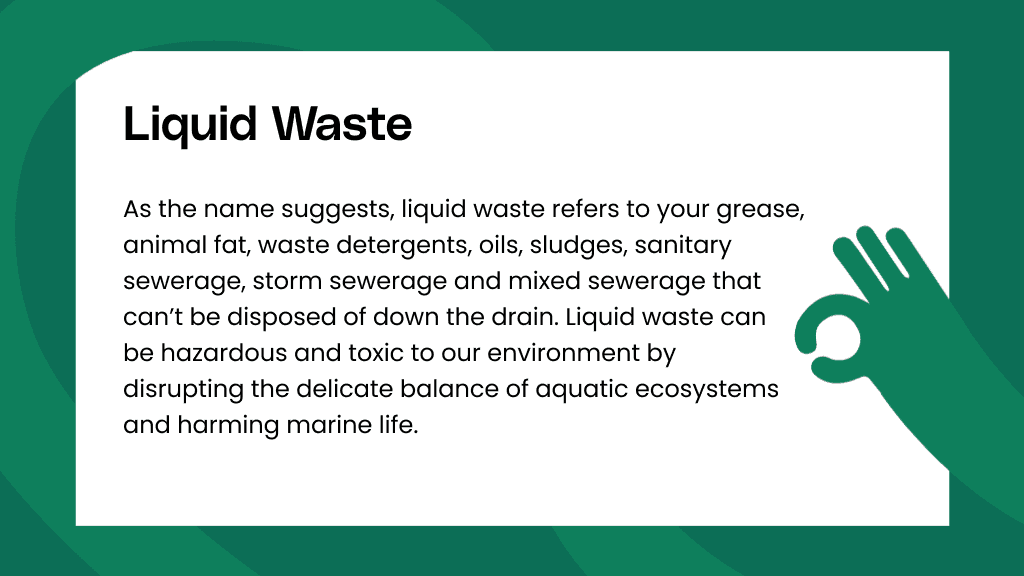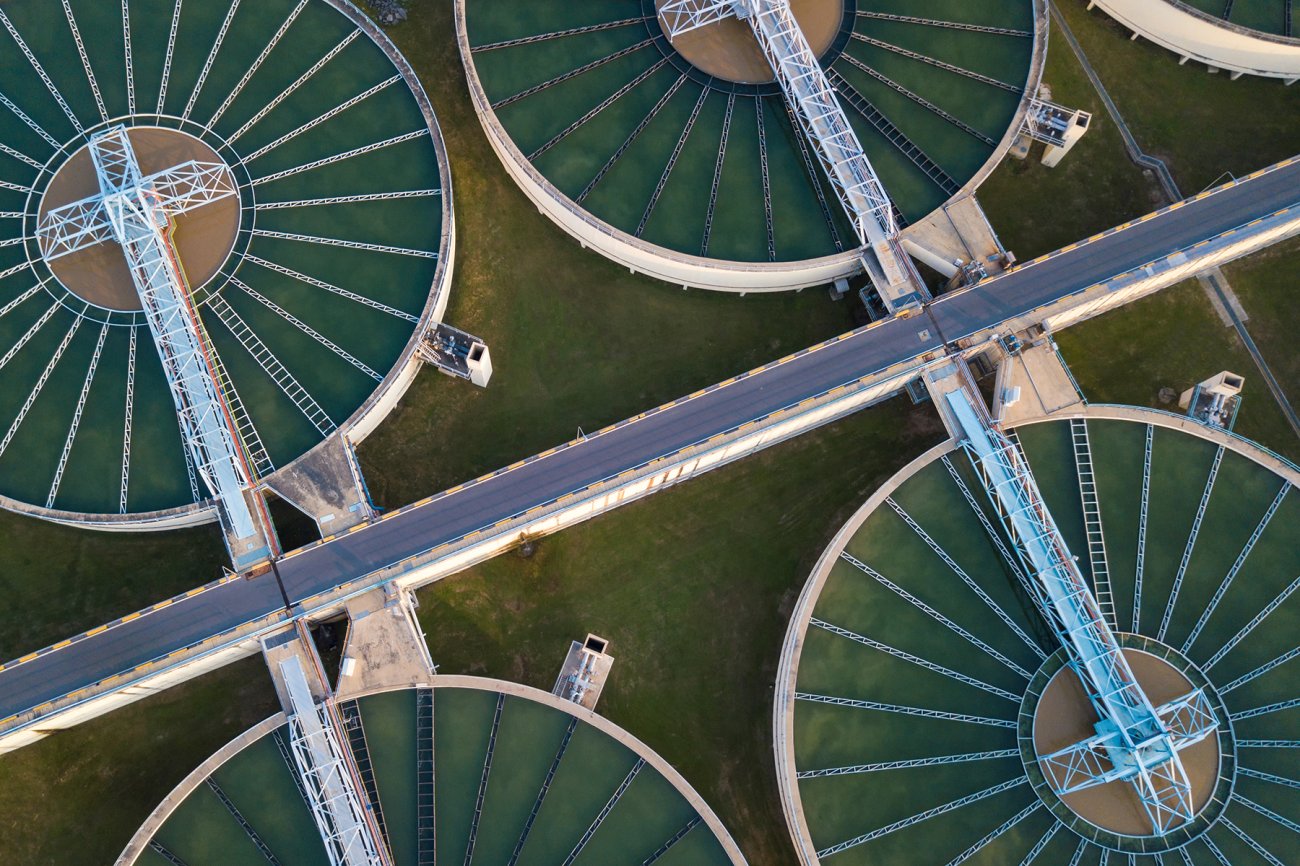The Buzz on Reclaim Waste
The Buzz on Reclaim Waste
Blog Article
Reclaim Waste for Dummies
Table of ContentsNot known Details About Reclaim Waste Some Known Factual Statements About Reclaim Waste The Ultimate Guide To Reclaim WasteThe 45-Second Trick For Reclaim WasteGetting The Reclaim Waste To Work
Discover the kinds, events, and kinds of liquid waste. Domestic sewage waste describes the waste and products from a property septic container. This kind of waste is developed by humans in homes, institutions, and other buildings. This only consists of septic systems that have a drainpipe area. The appropriate administration and disposal of residential sewage waste need fluid waste to be transferred to a sewer therapy plant where the appropriate techniques and equipment are related to detoxify and deal with waste.
Business waste commonly consists of possible risks, such as flammable products or a mix of fluid and strong waste products, and needs a more innovative and detailed disposal procedure. The disposal of business waste usually entails the filtering of waste prior to transport to guarantee secure and appropriate disposal. Industrial waste is produced from byproducts and drainage of commercial procedures and manufacturing.
This sort of waste can not use the exact same sewer administration transportation or processes as septic or industrial fluids. The hazardous waste monitoring procedure requires the examination and testing of liquid waste prior to it goes through the disposal process (liquid waste disposal). Runoff waste is the liquid waste that originates from runoff and excess stormwater in highly populated areas or cities
Drainage waste can create contamination and flooding otherwise dealt with effectively. Find out more regarding drain cleaning and waste monitoring. Ensuring appropriate waste management can prevent calamities and lower ecological damage. Both individuals in property settings and professionals in industrial or production sectors can benefit from recognizing the processes and regulations of fluid waste management.
Some Known Facts About Reclaim Waste.
Get in touch with PROS Services today to learn more about our waste monitoring and disposal services and the proper means to care for the liquid waste you create.
(https://www.imdb.com/user/ur191403836/?ref_=nv_usr_prof_2)This supposed 'wastewater' is not only an essential source however, after treatment, will certainly be released to our land, waterways or the sea. Used water from bathrooms, showers, bathrooms, kitchen sinks, laundries and industrial processes is recognized as wastewater.

water made use of to cool down machinery or clean plant and devices). Stormwater, a form of wastewater, is overflow that streams from agricultural and metropolitan locations such as roofs, parks, gardens, roadways, paths and gutters right into stormwater drains, after rainfall. Stormwater moves neglected straight to local creeks or rivers, ultimately getting to the ocean.
Not known Incorrect Statements About Reclaim Waste
In Queensland, many wastewater is dealt with at sewer treatment plants. Wastewater is carried from domestic or industrial websites through a system of sewers and pump terminals, recognized as sewage reticulation, to a sewer therapy plant.
The Department of Natural Resources encourages neighborhood governments concerning handling, operating and maintaining sewerage systems and therapy plants. In unsewered areas, regional governments might require householders to install specific or family sewer therapy systems to deal with residential wastewater from commodes, kitchens, washrooms and laundries. The Division of Natural Resources authorises making use of house systems when they are verified to be efficient.
A lot of stormwater obtains no treatment. In some new communities, therapy of some stormwater to remove clutter, sand and crushed rock has actually begun making use of gross pollutant traps. Wastewater therapy takes place in 4 stages: Removes strong matter. Larger solids, such as plastics and other items incorrectly discharged to drains, are removed when wastewater is passed via screens.
Wastewater then moves into large containers where solids clear up and are eliminated as sludge. Grease and residue are skimmed from the surface. Makes use of little living microorganisms referred to as micro-organisms to break down and get rid of remaining liquified wastes and fine bits. Micro-organisms and wastes are incorporated in the sludge. Gets rid of nitrogen and phosphorus nutrients that might cause algal blooms in our rivers and threaten aquatic life.
Indicators on Reclaim Waste You Should Know
Nutrient removal is not readily available at all sewer therapy plants due to the fact that it calls for pricey specialized tools. Clear liquid effluent created after treatment might still have disease-causing micro-organisms - industrial wastewater treatment.

Most wastewater moves into the sewage system. Under the Act, neighborhood governments provide authorizations and licences for ecologically pertinent tasks (Periods) entailing wastewater launches that could have a regional effect.
The Buzz on Reclaim Waste
Monitoring supplies accurate details concerning water quality and can confirm that licence conditions are being satisfied. The details obtained through surveillance offers the basis for making water quality decisions.
Report this page